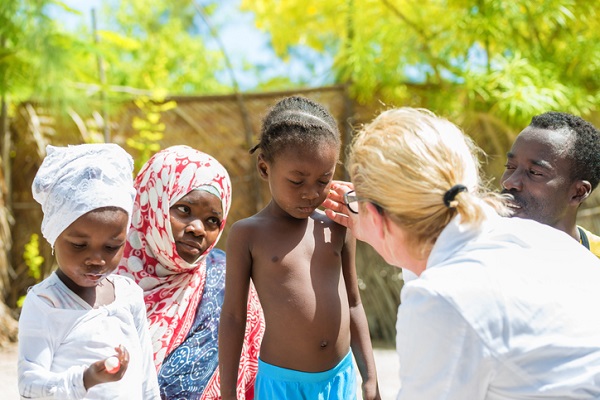
International co-operation has become the political norm after both world wars highlighted the dire consequences of division between powerful countries. Global organizations, like the United Nations (UN), serve a vital purpose in quelling potential tension between states and in promoting international collaboration. This type of collaboration has also led to proactive steps being taken in the battle against deadly diseases, through the establishment of the World Health Organization (WHO).
The remit of the WHO has developed over the decades since its creation. It also makes significant attempts to ensure the safety of medicines produced and administered in its 193 member states. That’s why pharmaceutical quality assurance students are aware of its influence. Here’s a helpful guide on how the organization has become a global healthcare leader.
Growing International Trade Leads to the Spread of Disease Around the World
Disease doesn’t stay within the confines of an international border, and the WHO emanates from a need to tackle the spread of dangerous epidemics. International trade and travel increased in the 1800s, but the spread of disease quickly followed. Cholera epidemics in the early part of the 19th century killed thousands of people in Europe, and prompted international engagement on possible cures.
Co-operation also became the norm in the Americas in the early 20th century with the creation of the International Sanitary Bureau, which later became the Pan American Health Organization (PAHO). Students in pharmaceutical courses should note that PAHO still functions as the WHO’s regional body here in this part of the world.
Following the conclusion of the Second World War, the United Nations backed an idea to establish an international health organization in 1945. The World Health Organization constitution came into force in 1948, and the first priorities set out by members included the prevention and control of malaria and tuberculosis.
World Health Organization Activities Have Created Many Success Stories
The presence of the WHO is vital because of the wide discrepancies in medical spending among countries. Many poorer member states were, and still are, unable to access important medication so the WHO stepped in with broad initiatives for disease prevention.

The WHO oversees many global vaccination campaigns
One of the biggest success stories was the eradication of smallpox. This disease can cause dreadful scarring and death in many cases, so the WHO introduced a global vaccination campaign in 1967. The organization eventually declared the world smallpox-free in 1980.
A similar campaign against polio was introduced in 1988, but this remains a work-in-progress. Many continents have been declared polio-free, but the infectious disease still remains prevalent in Africa and South Asia. Vaccines are not available for other high-profile diseases like malaria and HIV, which is why WHO measures have yielded poorer results in these areas.
The Impact of WHO Guidelines on Pharmaceutical Quality Assurance and Quality Control
The WHO relies heavily on the latest medical products to combat health problems around the world. That is why there is such a close link between the organization and the pharmaceutical areas of quality assurance and quality control. Member states are expected to meet the highest standards in drug production, and the WHO offers extensive guidance on research and production processes.
One of the organization’s goals is to develop and maintain “global norms, international standards and guidelines for the quality, safety and efficacy of drugs”. As a member state, Canada works closely with the WHO on a variety of issues.

The WHO set standards to ensure the production of effective and safe medicine
Quality assurance courses can train you to become a key figure in the pharma industry.
Find out more about the comprehensive diploma program at AAPS.



